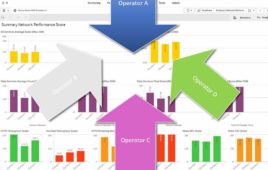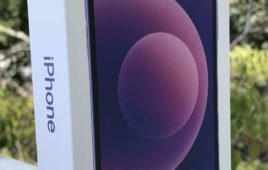Sprint has conceded that an FDD band plan for the upcoming 600 MHz broadcast incentive auction is the only way to go, according to a ex parte filing with the FCC.
While Sprint, which has committed to a TDD LTE rollout, prefaced its remarks by saying it still believes a TDD band plan would result in the most bi-directional spectrum available for auction, the company said it recognizes it won’t be the only one bidding on the airwaves.
“Sprint recognizes…that the extensive record in this proceeding contains substantially more support for a 600 MHz FDD band plan than a TDD allocation,” the company wrote. “Sprint now supports a 600 MHz FDD band plan structured to maximize auctionable bi-directional paired spectrum.”
That said, Sprint reiterated its call for the FCC to consider how much spectrum will actually be cleared before it adopts any of the proposed plans. Currently band plans for the 600 MHz band have been submitted by Ericsson, T-Mobile USA/Verizon, and AT&T.
“The Commission should use [the plans] as references in fashioning and adopting a 600 MHz band plan providing the most paired spectrum given the amount of broadcast spectrum the two-sided auction produces in major markets on a near-nationwide basis,” Sprint declared.
As an example, Sprint suggest that if the commission determines that the reverse auction and subsequent repacking is likely to clear 120 megahertz on a near-nationwide basis, the FCC should model its plan using Ericsson’s strategy, which provides 50 + 50 megahertz of paired FDD spectrum, thereby generating the most 5 + 5 megahertz paired blocks for auction to multiple competitors.
 The comments come amid rumors that Sprint’s 80-percent owner Softbank could be preparing a bid to acquire T-Mobile USA. T-Mobile USA is currently in the process of rolling out its FDD LTE network.
The comments come amid rumors that Sprint’s 80-percent owner Softbank could be preparing a bid to acquire T-Mobile USA. T-Mobile USA is currently in the process of rolling out its FDD LTE network.
Last month, the commission agreed to push the 600 MHz auction from 2014 to mid-2015 to allow for comments on how best to proceed.




